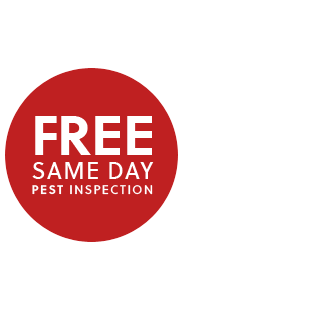Yellowjacket season is here
This summer’s insect-related headlines were dominated by stories of the “murder hornet,” aka the Asian giant hornet. Fortunately, California residents were not directly threatened by this invasive pest. However, stinging insects are nothing to be taken lightly.
According to research from the National Pest Management Association, allergic reactions to insect stings send more than 500,000 people to the emergency room annually.
To further this point, a report in the Journal of Asthma and Allergy revealed that systemic allergic reactions to insect stings affect up to five percent of the population. Up to 32 percent of beekeepers will be affected by systemic allergic reactions to insect stings. Although rare, these reactions can be fatal.
Late summer and early fall is prime yellowjacket season and Clark, your friendly pest control, termite, and lawn care experts, would like to make sure that you’re aware of the potential dangers they can present.
While some stinging insects are beneficial to our environment, others – including yellowjackets, carpenter bees, wasps, and hornets – can pose a threat to people and structures. It’s important to take the proper precautions to protect yourself and your family.
About yellowjackets
Yellowjackets in late summer and early fall are mostly scavengers that are attracted to garbage cans, pet food bowls, soda cans, overripe fruit, and sugary foods.
Researchers at the University of California’s Division of Agriculture and Natural Resources say yellowjackets’ behavior gets more aggressive in the fall as populations peak in size and their normal food sources become more scarce.
Yellowjackets can nest in a variety of locations in and around homes. These nesting places include in the ground and in trees, bushes, gutters, sheds, building overhangs, and decks. Inside a home, yellowjackets can create nests in wall voids, attics, and crawlspaces. A well-developed colony can be home to upward of 5,000 members.
If you come across a nest, proceed with caution. Removal of any stinging insect nest is not a do-it-yourself job, and should be done by a licensed pest management professional.
Clark recommends the following tips to help you protect yourself, your family, and your pets from yellowjackets and other stinging insects:
- Be aware: Yellowjackets like to build nests in hollow spaces, which can include holes in the ground. As you walk in your yard or the park, watch for holes. Avoid walking on or disturbing their nests.
- Check before drinking: Sipping a cold soda or ice tea in the sun sure sounds nice, doesn’t it? Unfortunately, yellowjackets like sweet drinks, too. Keep your drinks covered when spending time outdoors this time of year, and before you take a sip, look in your cup or straw first.
- Seal trash and food: Uncovered trash cans and food, especially meats, are yellowjacket magnets. As natural predators of caterpillars and flies, yellowjackets like meat as much as the next carnivore. You can expect to find yellowjackets around garbage cans or recycling bins or when grilling meats.
- Clean up regularly: Clean up spills on outdoor dining and food-preparation surfaces, and regularly empty garbage cans and wash recycling bins of sugary residue from the soda and beer cans that yellowjackets favor.
If you’re having a problem with yellowjackets or other stinging insects around your home, call or text California’s trusted, friendly pest management expert, Clark, at (800) WE-NEED-YOU (936-3339), or email us at clarkcares@clarkpest.com.


